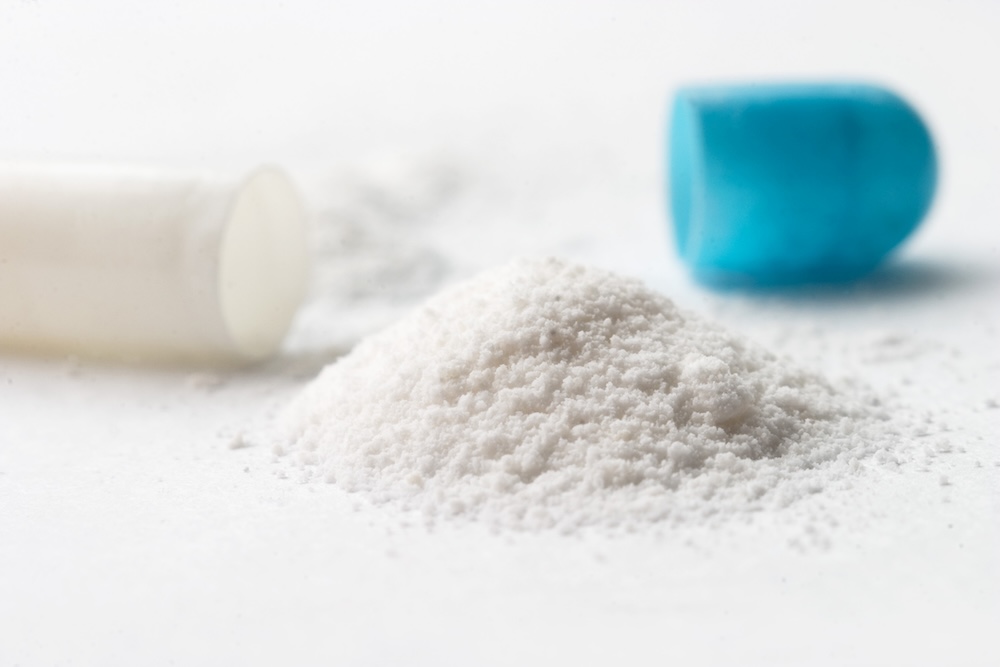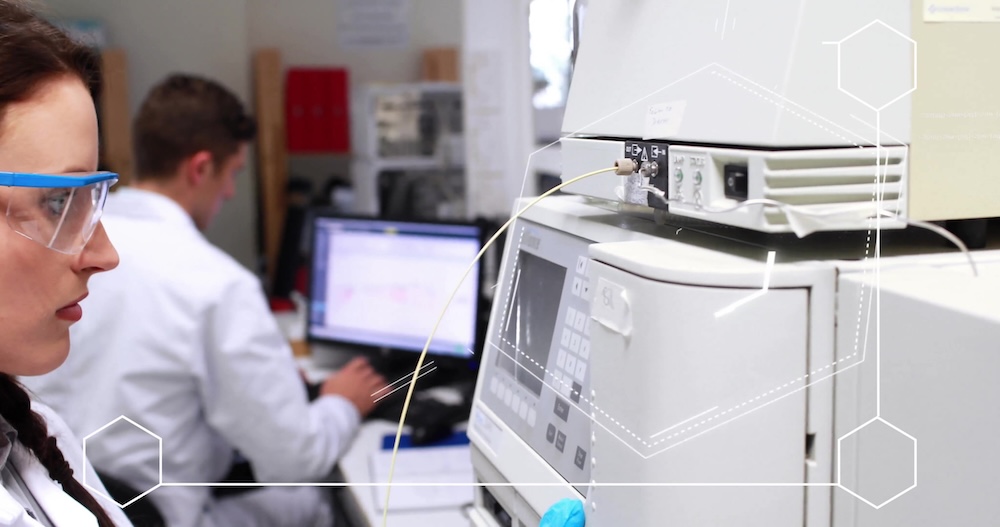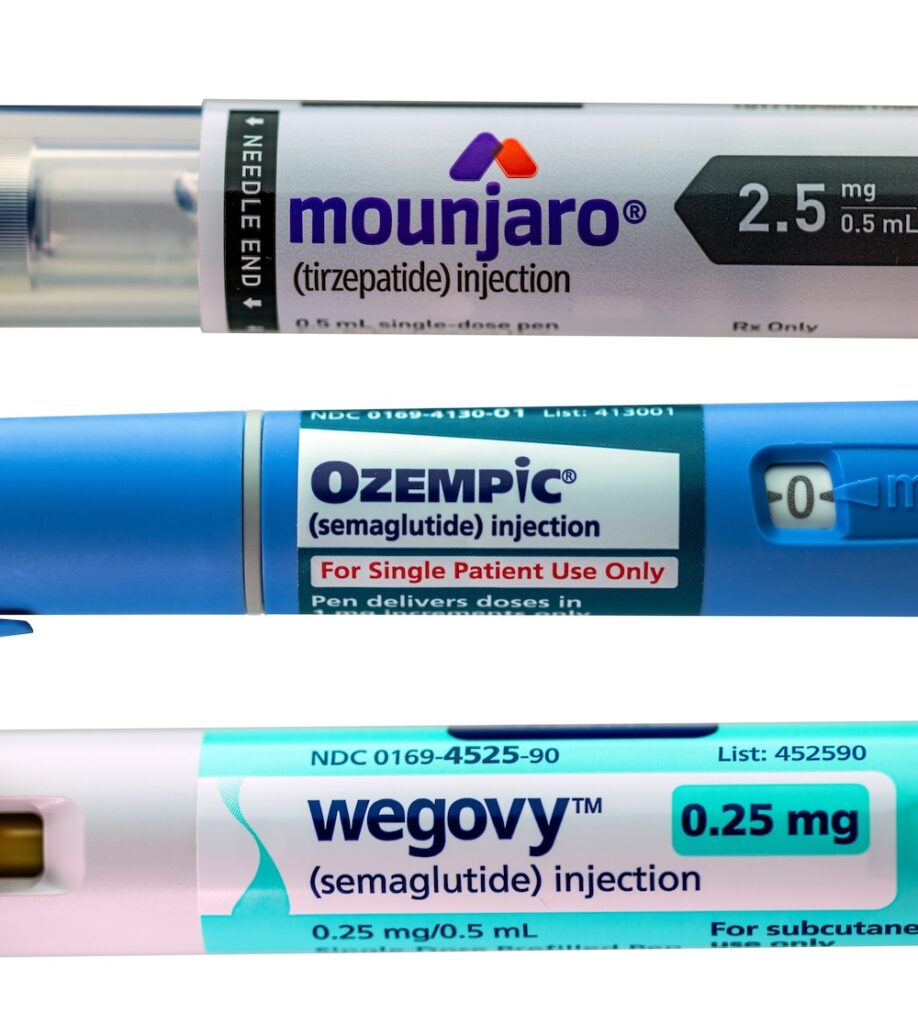Topical dosage forms are medications applied directly to the body surfaces, primarily the skin or mucous membranes. Topical products are typically liquid or semi-solid dosage forms that are widely used due to ease of application. There are many advantages of topical route of delivery including elimination of hepatic first pass metabolism, drug deliver directly to the site of action which eventually result in enhanced effectiveness in drug delivery and reduced systemic side effects. Semisolid dosage topical forms can also be useful as extended-release preparations, with the rate of drug release influenced by the formulation and manufacturing process parameters.
Types of Topical Dosage Forms
Based on the API properties, target product profile and skin treatment area, topical dosage forms can be developed as liquids, gels, creams, lotions, ointments and pastes.
| Dosage form | Description |
| Gels | Jelly-like substances that are comfortable to apply and leave no residue. |
| Creams |
Oil in water emulsions provide a non-greasy feel (e.g. vanishing creams) or Water in Oil emulsions are more greasy and emollient (e.g. Cold cream) |
| Lotions | Liquid emulsions, solutions or suspensions that are easy to spread. |
| Ointments | Oil-based preparations that are occlusive and hydrating. |
| Pastes | Thicker than ointments and have a high proportion of solid material. |
Each of these forms has its own advantages and disadvantages, and the choice of form depends on the condition of the skin, location of application, indication, active ingredient being used, and patient preference regarding the feel, appearance, and ease of application. For example, dry skin conditions may benefit from ointments, while weeping skin conditions may require the use of pastes. Gels are often preferred for hairy areas, while creams are more suitable for exposed skin areas.
Development of Topical Dosage Form
Formulation development typically starts with preformulation studies aimed to characterize the API for physicochemical properties such as molecular weight, melting point, log P, pKa, particle size, permeability, solubility and stability profile. Knowledge of physicochemical properties is useful in selection of appropriate excipients. Other important considerations in selection of excipients include functionality, compatibility with drug, intended route of administration, indication, compendial status, and safe limits as listed in FDA’s inactive ingredient database. Common excipients used for topical formulations are provided in the table below
| Typical Excipient Classes | Selection Criteria / Rationale |
| Solubilizers / Solvents/ Vehicles (Oily or Aqueous Phases) | API physicochemical properties and dosage form type and design |
| Emulsifying Agents | Type (anionic, cationic, nonionic), HLB values, log p, concentration |
| Thickeners | CQAs of dosage form (physical stability, spreadability, drug penetration) |
| Permeability Enhancers | Desired drug permeability |
| Release Modifiers | Occasionally required to prolong systemic exposure |
| Mucoadhesive Polymers | |
| Buffers / pH Adjusters | Solubility and stability behavior of the API and preservatives |
| Anti-Oxidants | log p, melting point, compatibility studies |
| Chelating Agents | Sometimes added to enhance stability and preservative effectiveness |
| Anti-microbial Preservatives | log p, stability, and effectiveness over a wide range of pH and temperatures |
Manufacturing Process
The manufacture of topical dosage forms require various types of equipment depending on the specific formulation and the scale of production. Early formulation screening experiments are usually conducted at gram scale using simple equipment such as spatula and ointment slab, mortar / pestle, ointment mill, agitator, rotor stators and ultrasonic devices. Intermediate scale processes are developed at kilogram scale and may require more complex equipment such as jacketed mixers, agitators, homogenizers and microfluidizers. Commercial batches are manufactured in large stainless steel tanks, which may be heat jacketed, have counter sweep agitation and a built-in homogenizer. It’s important to note that any variations in the manufacturing procedure can be critical to the characteristics of the finished product. This is especially true of any process intended to increase the degree of dispersion through reducing droplet or particle size (e.g., homogenization).
Analytical techniques
Topical products are characterized using tests that fall under two categories – Product quality tests and product performance tests. Product quality tests are used to assess the physical, chemical and microbiological properties and may include description, identification, assay (strength), impurities, physicochemical properties, particle size, uniformity of dosage units, water content, pH, apparent viscosity, microbial limits, antimicrobial preservative content, antioxidant content, sterility (if applicable), and other tests that may be specific to the product. Product performance tests include in-vitro release testing (IVRT) and in-vitro permeation testing (IVPT) which evaluate the attributes influencing the release and permeation of drug from the dosage form through skin.
Vici Health Sciences – Capabilities and Services
Vici Health Sciences is equipped with deep knowledge, experience and equipment for developing topical dosage forms. We use physicochemical, rheological and structural characterization along with in-vitro performance testing to facilitate the rapid development of these products. These capabilities augmented with our knowledge of regulatory requirements for both innovative and generic topical products make us an ideal CDMO partner for product development, analytical characterization and regulatory support.





